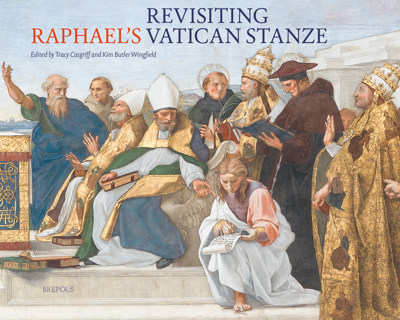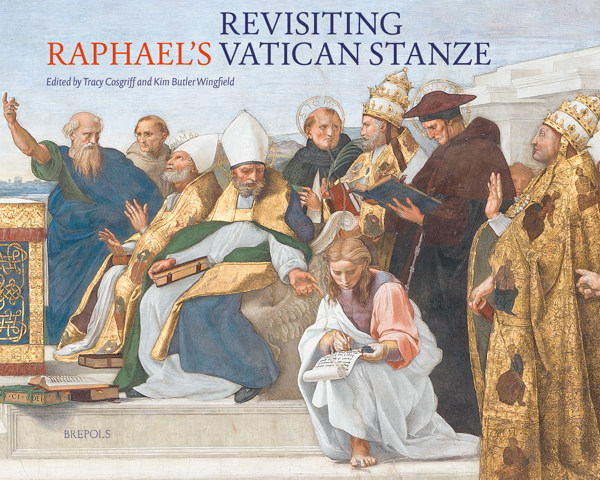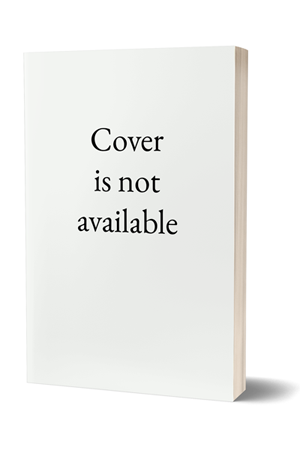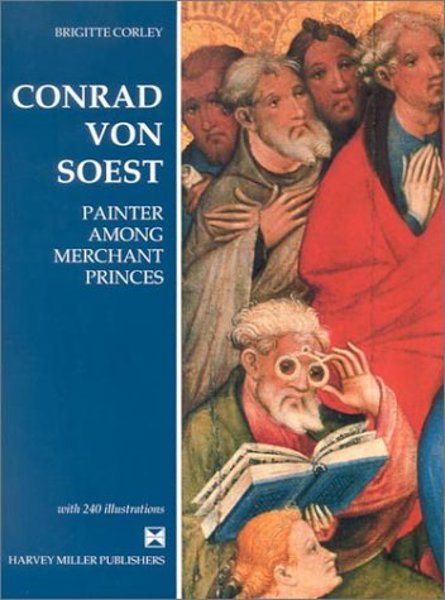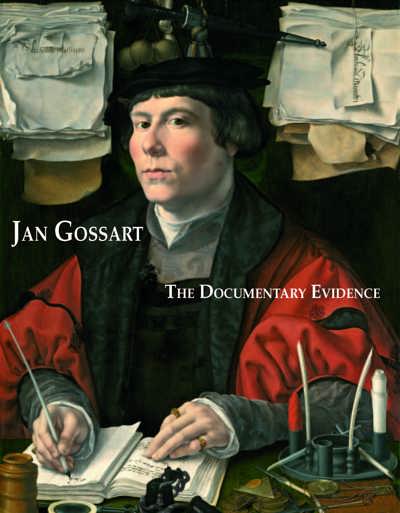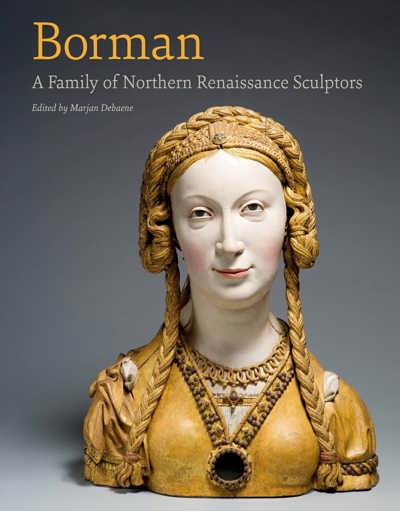
Revisiting Raphael’s Vatican Stanze
Kim Butler Wingfield, Tracy Cosgriff (eds)
- Pages: 307 p.
- Size:300 x 240 mm
- Illustrations:0 b/w, 177 col.
- Language(s):English
- Publication Year:2022
- € 125,00 EXCL. VAT RETAIL PRICE
- ISBN: 978-1-912554-03-4
- Hardback
- Available
This volume revisits Raphael’s famous Vatican ‘Rooms’ on the occasion of the quincentennial of the artist’s death. It introduces new scholarship that addresses questions of meaning and invention, artistic process and design, patronage and ritual, and workshop collaborations. With all rooms and details published in color, including ceilings and basamenti, it constitutes an essential resource for further study of these important Renaissance artworks.
Dr. Kim Butler Wingfield is Associate Professor of Renaissance Art History at American University in Washington, DC. Dr. Tracy Cosgriff is Assistant Professor of Art History at the College of Wooster in Wooster, OH. Both research Raphael, text-image relationships, and the classical tradition. In addition, Butler Wingfield has published on Michelangelo, theology, and gender, while Cosgriff’s research interests also include the history of the book.
Painted between 1508 and 1527, Raphael's Vatican Stanze are counted among the greatest masterpieces in Western art. For centuries, they have served as formative touchstones for artistic definition, debate, and theory. Over the last several decades, Raphael’s legacy has enjoyed renewed interest and study. Until now, however, there have been few comprehensive accounts of the Vatican apartments and their artistic design. Spanning the papacies of Julius II, Leo X, and Clement VII, the suite of stanze is as much a witness of the Raphael’s transformative methods and style as it is a magnificent testament of papal traditions, trials, and triumph.
The recent quincentennial of the artist's death brings with it a fresh opportunity to reappraise these canonical works. In celebration of this occasion, this volume offers new interpretations of Raphael’s Vatican paintings, addressing questions of meaning and invention, artistic process and design, patronage and ritual, and workshop collaborations. Striving to sustain the cooperative ideals famously embodied by the young artist and his circles, the volume’s essays revisit these significant spaces, traversing the Stanza della Segnatura, the Stanza d’Eliodoro, the Stanza dell’Incendio, and the Sala di Costantino, as well as other related Vatican venues and influences. In so doing, they illuminate new issues regarding Raphael’s praxis, experience, and critical fortune for specialists and students alike.
Contributors include: Kim Butler Wingfield, Tracy Cosgriff, Paul Gwynne, Marcia Hall, Christiane Joost-Gaugier, Dana Katz, Christian Kleinbub, Elizabeth McCahill, Nelson Minnich, Lisa Pon, Patricia Reilly, Sheryl Reiss, Maria Ruvoldt, and Linda Wolk-Simon.
